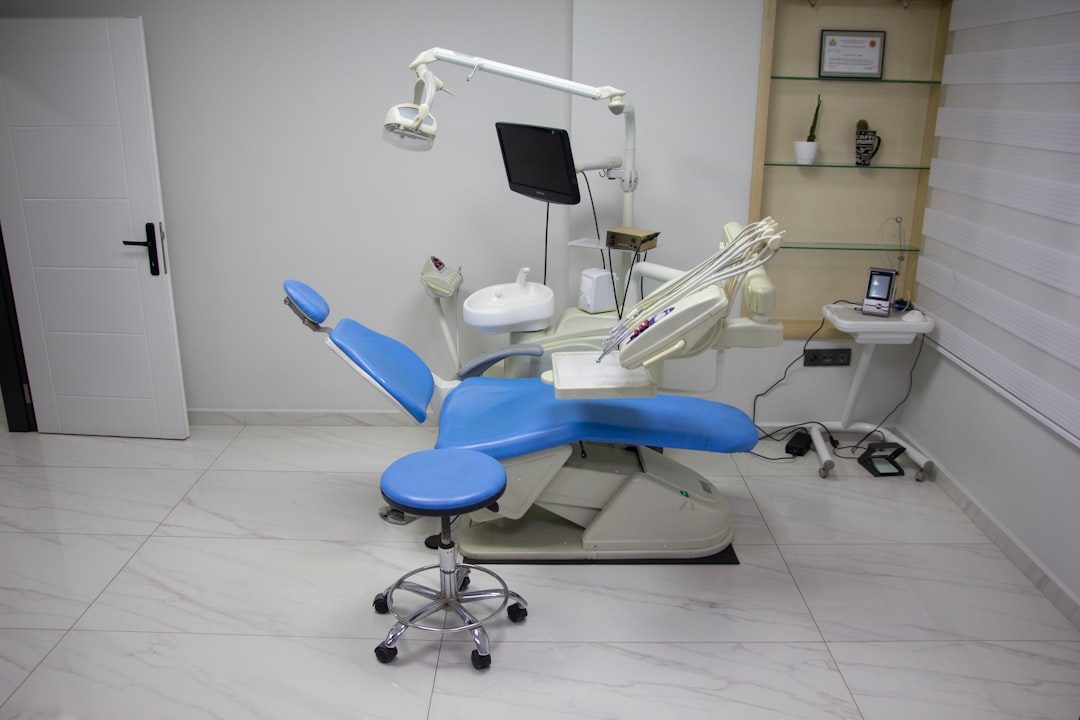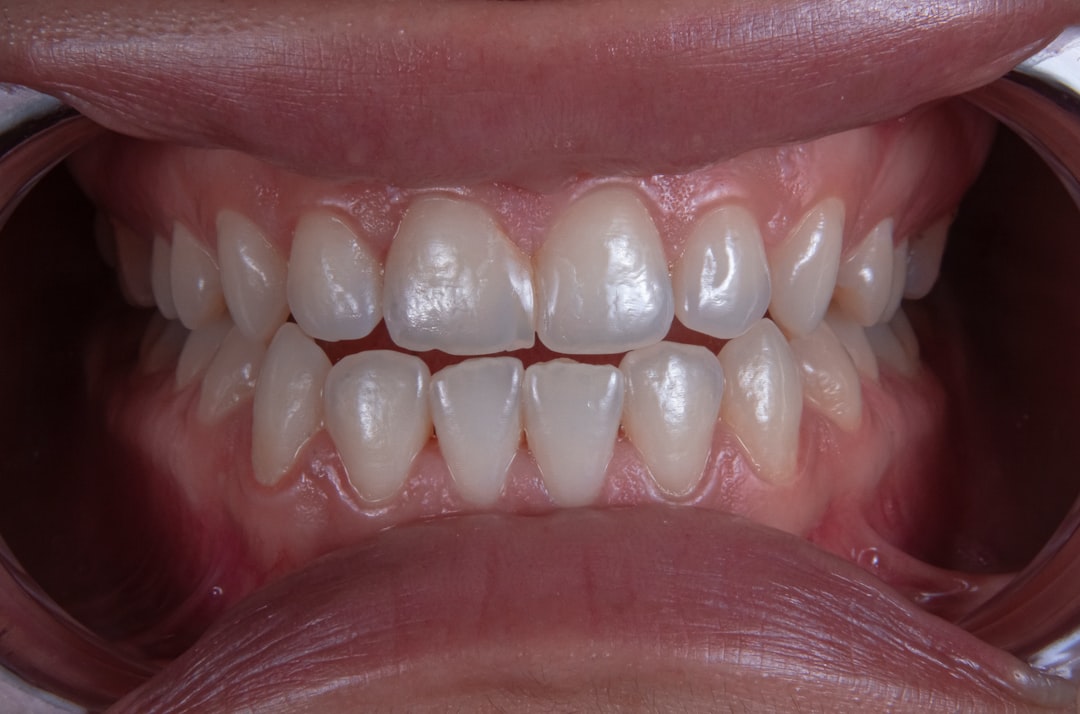In today’s digital age, online visibility is crucial for any dental practice aiming to attract and retain patients. This leads many dentists to invest heavily in Search Engine Optimization (SEO) with the primary goal of climbing the rankings on Google. While top search rankings are important, a successful Dental SEO strategy goes beyond algorithms and keywords. It centers around one fundamental concept: the patient experience.
Contents
Understanding the Real Goal of Dental SEO
Most SEO strategies focus on increasing web traffic, but what really matters is attracting the right kind of traffic—potential patients who are more likely to schedule an appointment. That’s where the patient experience becomes critical. A dental website must not only rank well but also deliver value, trust, and convenience to prospective patients once they land on the site.

Why Patient Experience Matters
The journey of a patient often begins with a search query like “best dentist near me” or “family dental care in [city].” Upon clicking a link, the potential patient immediately forms an impression based on:
- Website speed and mobile-friendliness: Slow, unresponsive websites lose user trust in seconds.
- Design and usability: An organized, modern, and clean layout makes navigation effortless.
- Quality of content: Educational, clear, and helpful content builds credibility.
- Ease of contact: Prominent phone numbers, online booking options, and visible office hours improve conversion.
All of these elements contribute to better SEO indirectly. Google takes into account factors like bounce rate, time on site, and click-through rates—all of which are enhanced when users have a positive experience.
On-Page SEO: A Tool for Engagement
On-page SEO is more than just inserting keywords. It’s about structuring your content in a way that educates and engages your patients. Quality dental content should clearly explain procedures, answer common questions, and reflect the unique voice and approach of your practice. Incorporating patient testimonials, before-and-after images, and team bios can further help build trust.

User Experience Is a Ranking Factor
Google’s algorithm increasingly emphasizes user experience (UX). Core Web Vitals—metrics that measure responsiveness, stability, and visual load time—are now key SEO ranking factors. For dental websites, this makes technical optimization just as important as content. For example:
- Optimized images that load quickly
- Easy mobile navigation
- Accessible design for users with disabilities
These enhancements do more than improve Google rankings; they eliminate pain points and create a frictionless journey from home page to appointment booking.
Local SEO: Connecting to the Community
Local SEO is pivotal in dental marketing. Most patients seek nearby providers, making your Google Business Profile (GBP) a vital component of your online presence. Consistent NAP (Name, Address, Phone Number) information, accurate office hours, and updated services play crucial roles here. Also, encouraging satisfied patients to leave reviews not only increases local visibility but also enhances trust.
Here are a few key steps to improve local rankings while enhancing patient experience:
- Claim and optimize your Google Business Profile
- Keep business listings consistent across platforms
- Respond promptly and politely to all reviews
- Use local keywords that match how patients in your area speak
Content That Educates and Empowers
Educational content can be one of your practice’s strongest assets. Blog posts, FAQ sections, and videos explaining procedures or offering dental tips can help patients feel more informed and confident in your services. Use layman’s terms, embedded videos, and visual guides to enhance understanding and drive engagement.

Conclusion
Focusing solely on ranking high in search results misses a bigger opportunity. A comprehensive dental SEO strategy should aim to create an exceptional digital experience that mirrors the in-office care you provide. From website load times to educational content to mobile optimization, every aspect should guide the visitor toward one goal: trusting you with their oral health.
Ultimately, search engines reward websites that serve their users well. When you prioritize patient needs, transparency, and accessibility, higher rankings will follow naturally—but more importantly, so will loyal patients.




